Baking with sourdough starter has been such a fun process to get into. I know many people shy away from learning how to bake with it, but it isn’t quite as cumbersome as some expect. It may seem a bit confusing at the beginning but isn’t everything when it’s new? As adults, we often become comfortable in what we know and rarely move out of our comfort zone to learn a new skill. We have honed our skill set, have the jobs that work for us, and don’t often need to learn a new task. We forget what it’s like to learn new skills and sometimes make a mountain out of an ant hill. In my opinion, Sourdough is just a new skill that takes some practice at the beginning. Once you’ve got it, you got it! I certainly don’t regret learning how to make this healthy, easily digestible and incredibly delicious bread! Here is an incredibly easy way to convert any recipe into sourdough!
But bread isn’t the only thing you can make with sourdough. There are SO many easy sourdough recipes out there using a starter. You can truly bake just about anything using a fermented starter. As much as I LOVED gaining a handful of new recipes for my recipe book, I know my kids have their favorites and I wanted to be able to make them for them using sourdough for extra health benefits. Luckily, there are ways to convert your own recipes into sourdough recipes and I’m going to show you how you can do just that.
Keep in mind that converting recipes is not an exact science, and a number of factors can hinder the end result. Just as you had to learn and practice at the beginning of your sourdough journey, you’ll need the same practice with adapting recipes to your starter. The more you practice the more you’ll get the feel for converting recipes to fit your sourdough starter’s characteristics. Don’t panic if it doesn’t work the first try. Remember there are so many factors that can contribute to the perfect loaf of sourdough and over time it becomes second nature to you. Adjusting a recipe can come with the same learning curve and will contend with the same factors involved with sourdough starter (ie. heat, proofing, etc.). But once you’ve got the hang of it, you’ll love that you know how to convert any recipe into sourdough
How to Convert a Yeast Containing Recipe
These conversions are particularly helpful for me, as I have a sensitivity to yeast. It doesn’t sit well with me and my hands actually break out in hives if I am baking with it. It’s pretty wild. Needless to say, I’m grateful to sourdough starters for offering me an alternative to using yeast.
Yeast is an important part of baking which means you can’t just remove it from a recipe. First and foremost, yeast is a leavening agent and helps bread and baked goods rise in the oven. It also has a secondary role in creating strength in your bread. It keeps the dough together while also making room for light fluffy bubbles and air pockets giving loaves their softness. Without it, you’d be left with hard, dense, flat loaves.
So, to ensure that a recipe stays intact and continues to bake well, here are the step by step changes you need to make to convert your recipe to a sourdough recipe:
Step One: Substitute 1/2 cup (100 g.) of starter per packet of Yeast (One packet is equal to 7g. or 2.25 tsp. of yeast)
Step Two: Lessen the liquid in the recipe by ⅓ cup + 1 Tbsp.
Step Three: Lessen the flour in the recipe by ⅓ cup + 1 Tbsp.
Step Four: Double the rise time
These adjustments help to adjust the recipe to account for the extra liquid and flour volume that will be added by the sourdough starter. This conversion requires a reduction of ⅓ cup + 1 Tbsp of both flour and water because the two of them together equal the same volume on a scale as the 1/2 cup of flour. This method of substitution is for all purpose flour but you can use it to calculate for recipes using different types of flours if your recipe calls for that instead. The rise time is adjusted to double as the natural yeasts and bacteria in starter take more time to develop than commercially developed yeast.
How to Convert a Non-Yeast Containing Recipe
Next up is how to convert a recipe that doesn’t use yeast. These recipes are usually things like pancakes, waffles, muffins, cake, cookies, etc. They are slightly trickier to convert as they don’t use as much liquid but that doesn’t mean it isn’t possible. Recipes without yeast typically contain a baking soda/baking powder mix to help with the rise and texture of the baked goods.
Step One: Add 1 cup (200 grams) of sourdough starter or discard to the recipe
Step Two: Reduce the flour in the original recipe by 100 grams (approximately 3/4 cup)
Step Three: Reduce the liquid in the original recipe by 100 grams (approximately 3/8 cup – just below half a cup)
Note: Some of these non-yeast recipes require less liquid so by adding starter you are creating a dough that could be too wet for certain recipes (ie. cookies). This is where you can play around and add a bit more flour as needed.
As I mentioned before, it can be a bit of a process to convert certain recipes but it can also be very simple for others. If a recipe doesn’t work the first time around, keep trying. Sometimes it’s just an adjustment of the dough by playing around with liquid and flour amounts. Sometimes it’s your typical sourdough troubleshooting such as room temperature, proper proofing etc. If you have a recipe you want to convert into a sourdough alternative, keep at it! I have experienced both first time successes when converting recipes as well as some that needed a little adjusting.
Just remember, the end result is a healthier and more easily digestible baked good for you and your family to enjoy!
** PIN the image below to save this post for later **
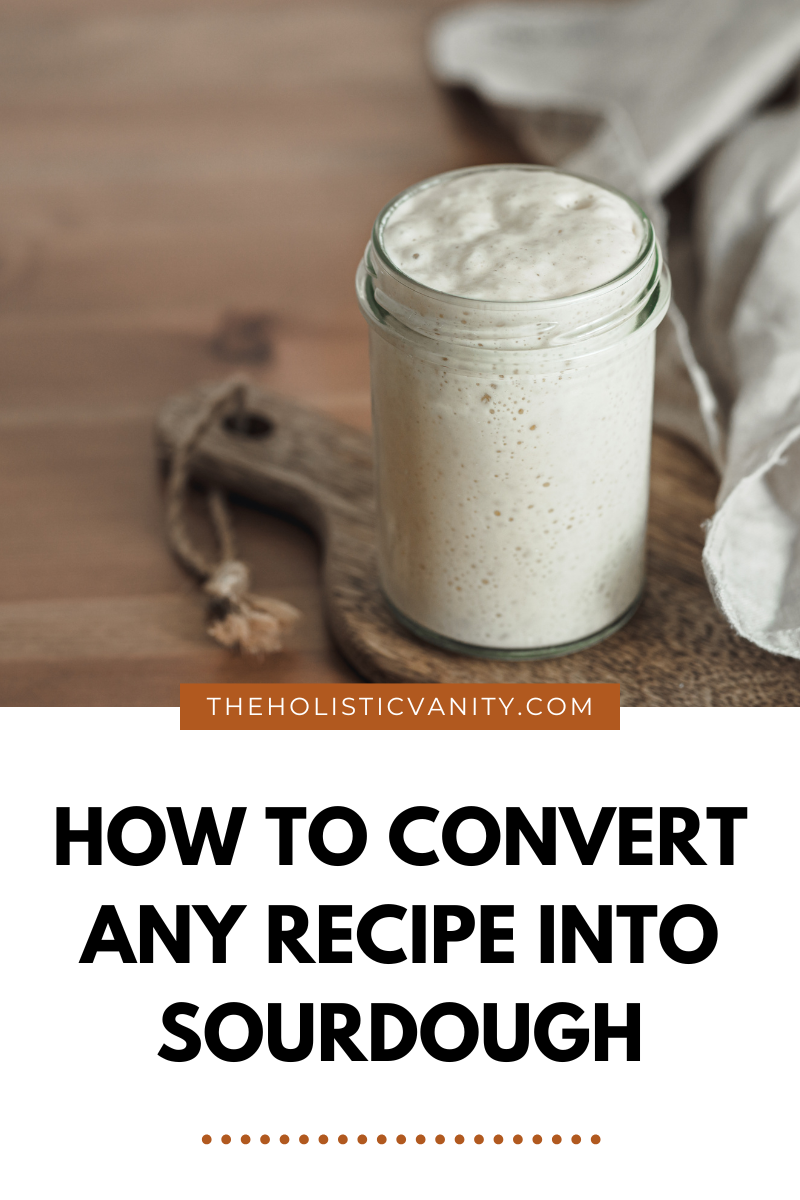
convert any recipe into sourdough

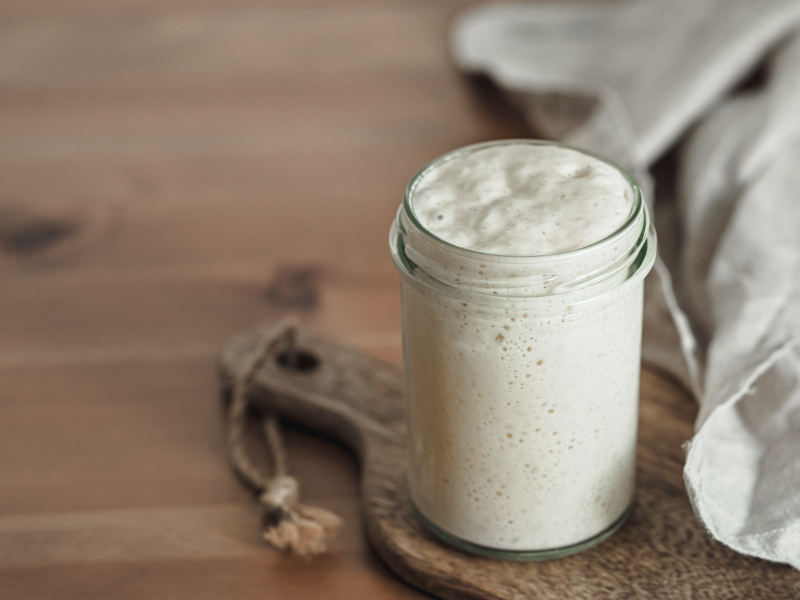
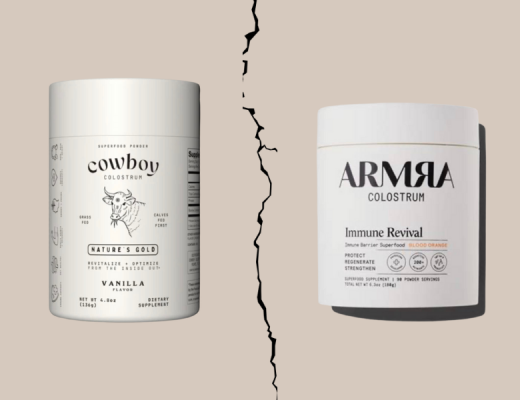
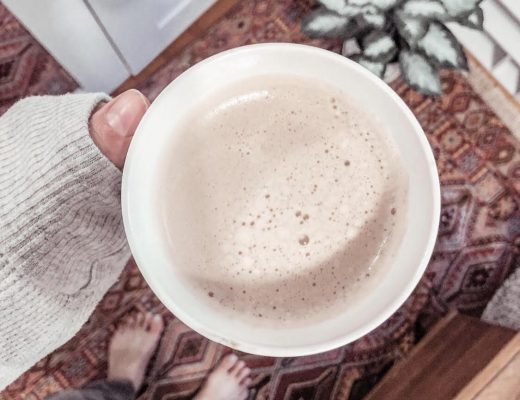
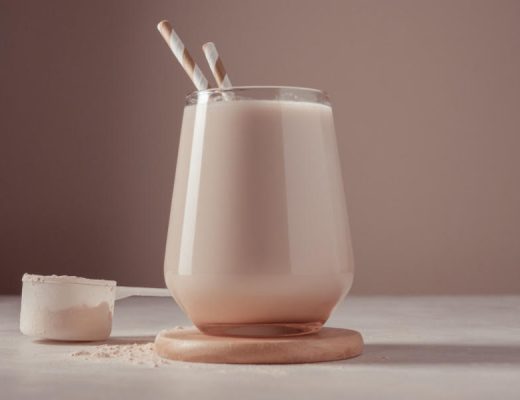
No Comments